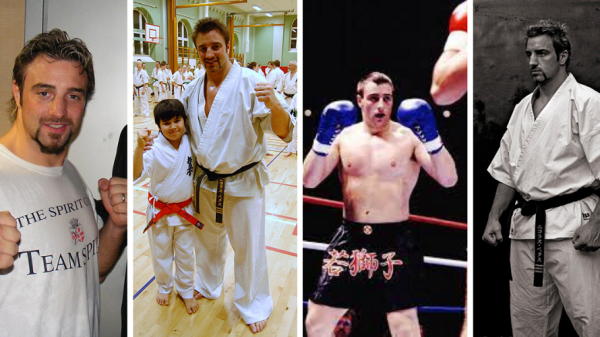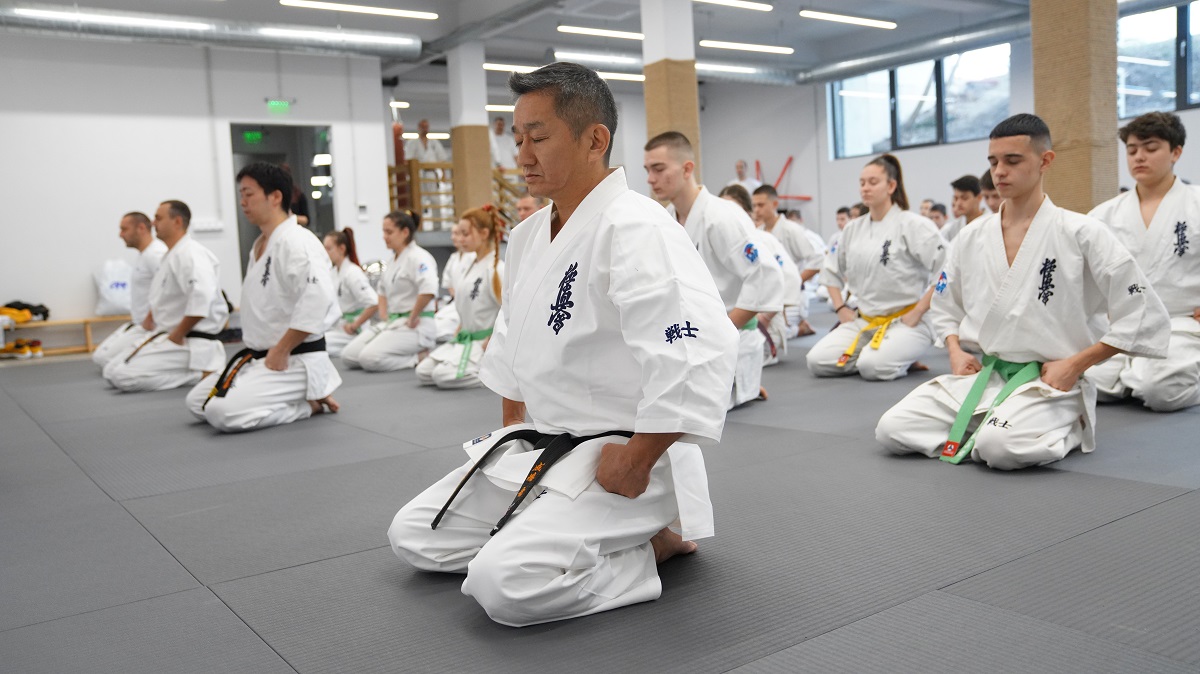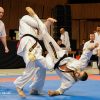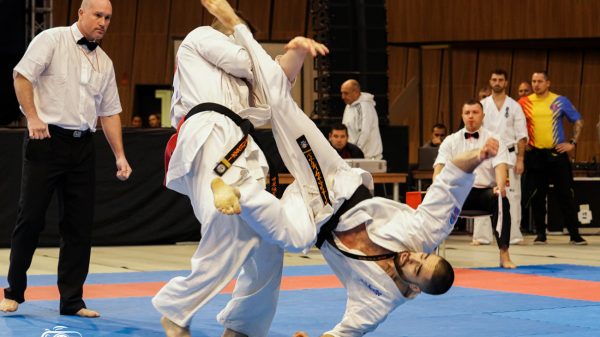Learning Kyokushin Karate at home can be challenging because martial arts, especially Kyokushin, require hands-on training, feedback, and supervised practice to ensure proper technique and safety. However, if you are unable to attend a dojo or training center and are interested in beginning your journey in Kyokushin Karate at home, here are some steps you can follow:
- Self-Study: Start by researching Kyokushin Karate. Read books, watch instructional videos, and explore online resources to gain an understanding of the fundamental techniques, philosophy, and etiquette.
- Create a Training Space: Set up a dedicated space in your home for training. Ensure you have enough room to perform basic techniques and drills.
- Basic Techniques: Begin with the basic stances, punches, kicks, and blocks. Focus on proper form and technique. Follow instructional videos or guides to help you understand the correct execution of these techniques.
- Kata: Learn the basic Kyokushin kata. Kata are pre-arranged forms that help you practice and memorize techniques. You can find videos or written instructions for each kata and practice them regularly.
- Shadowboxing and Shadow Kicking: Practice shadowboxing, which involves performing techniques without a partner. This will help you refine your movements, footwork, and combinations. Similarly, work on your kicks in the air (shadow kicking).
- Conditioning: Kyokushin places a strong emphasis on physical conditioning. Incorporate exercises like push-ups, sit-ups, squats, and burpees into your training routine to build strength, endurance, and stamina.
- Stretching: Flexibility is crucial in Kyokushin. Regularly perform stretching exercises to improve your range of motion and reduce the risk of injury.
- Meditation and Breathing: Kyokushin also incorporates elements of meditation and controlled breathing for focus and relaxation. Practice deep breathing exercises and meditation to develop mental discipline.
- Mirror Training: Train in front of a mirror to check and correct your form and technique. This self-feedback can be helpful in making adjustments.
- Use Props: If possible, use training aids like focus pads, heavy bags, and makiwara boards to practice striking techniques.
- Record Yourself: Record your training sessions on video, and review the footage to analyze your form and technique. This can help you identify areas for improvement.
- Online Classes: Some dojos and martial arts schools offer online classes and video tutorials. Consider enrolling in online Kyokushin Karate classes if available.
- Reading and Research: Continuously study Kyokushin philosophy and principles. Understanding the art’s philosophy and history is an essential aspect of learning Kyokushin.
- Seek Feedback: If possible, connect with experienced Kyokushin practitioners or instructors online. Share your training videos with them and seek feedback and advice.
- Safety: Be cautious and prioritize safety. Avoid high-risk techniques without proper supervision, and always warm up before training to prevent injuries.
While learning Kyokushin Karate at home is possible to a certain extent, it’s important to acknowledge that it can’t fully replace training in a Dojo under the guidance of a qualified instructor.
If you’re serious about progressing in Kyokushin, consider eventually joining a dojo or finding an experienced instructor to provide proper guidance, correction, and sparring experience.





































